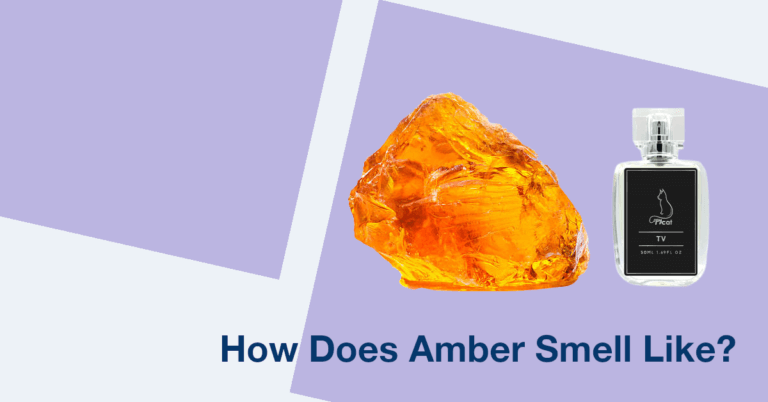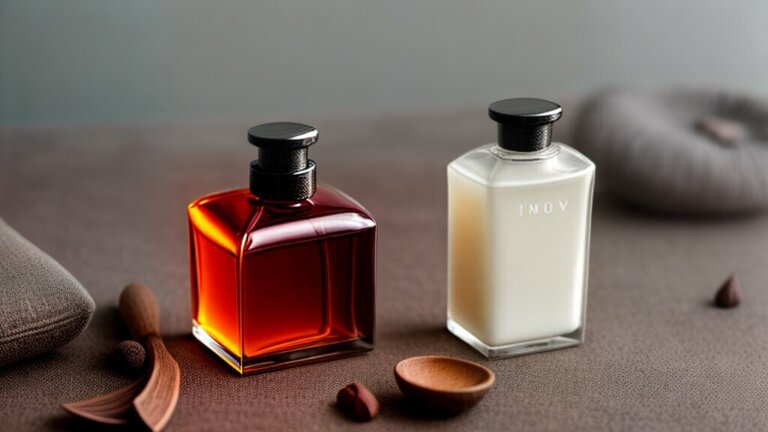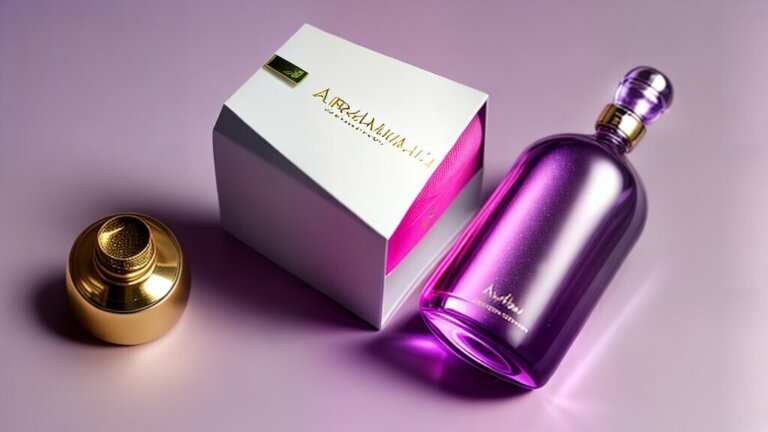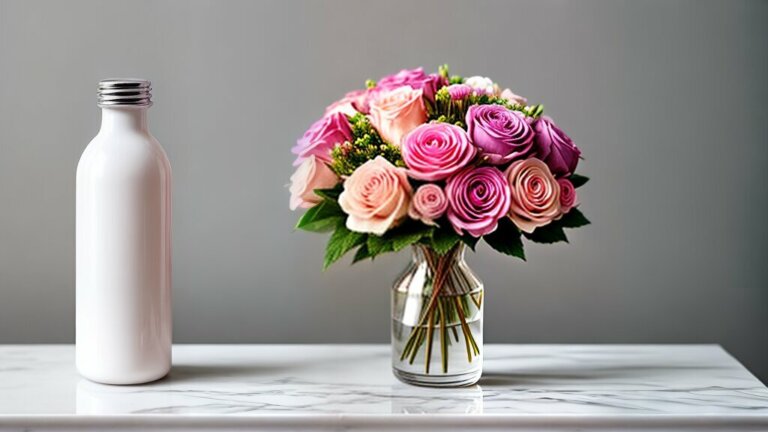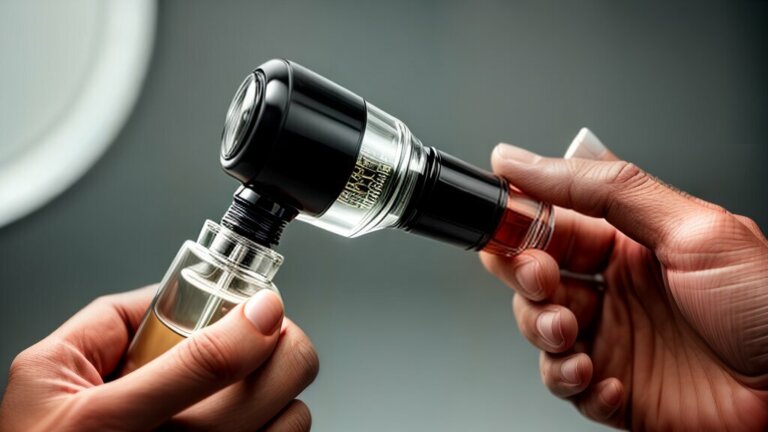Understanding How Perfume Works and Oils Are Made
Perfumes have been used for centuries to enhance personal fragrance and make one feel confident and attractive.
Studies have shown that the way we smell can affect our mood, self-perception, as well as the way others see and judge us.
Consequently, the art of smelling good has been extremely important for centuries.
From the early use of natural ingredients like flowers, herbs, and spices to the current use of synthetic fragrance compounds, perfumes have come a long way.
The art and science of creating perfumes have evolved into a complex process that requires skill, creativity, and precise measurements.
In this article, we will delve into the world of perfumes and understand how they are made.
How Perfume Works
In essence, perfumes are simple.
Perfumes are a mixture of fragrant essential oils, alcohol, and water. An alcohol source like vodka can even work to act as a carrier for the fragrance.
The scent of a perfume is created by the interplay of these ingredients, which work together to release the fragrance over time.
When applied to the skin, the alcohol evaporates quickly, leaving behind the fragrant oils that interact with the skin’s natural oils to create a unique scent.
The longevity of the scent depends on the quality and concentration of the fragrance oils used.
In fact, the type of cologne (eau de parfum, cologne and eau de toillete) is measured by how long it lasts on you.
How Perfume Oils are Made
Perfume oils are the building blocks of perfumes.
These oils are created from natural ingredients such as flowers (lavender), spices (cardamon), and herbs, or from synthetic fragrance compounds that try to imitate natural scents.
Natural Fragrances
In short, natural fragrance oils are extracted through methods such as steam distillation, cold pressing, or solvent extraction.
The quality and the aftereffects or even the strength of the perfume oil can depend on the extraction method.
For in steam distillation, steam is passed through the raw materials, causing the fragrance oils to vaporize. The vapor is then cooled, and the fragrant oil is collected.
On the other hand, when cold pressing method is used, the raw materials are mechanically pressed to extract the fragrance oils.
As for solvent extraction, a solvent, such as ethanol, is used to dissolve the fragrance oils from the raw materials.
Synthetic Fragrances
On the other hand, synthetic fragrance oils are created in a laboratory using chemical compounds that closely replicate natural aromas.
Alternatively, these synthetic fragrance compounds are blended together to create unique fragrances that are not found in nature.
This can open a whole new world of scents that we can enjoy.
Synthetic Fragrances vs Natural Fragrances
Synthetic fragrance oils are less expensive than natural fragrance oils and have a longer shelf life.
However, they may cause skin irritation and are not biodegradable.
How Perfume is Made from Flowers
Flowers, such as lavender or jasmine, are a common source of fragrance oils used in perfumes.
So how do we get the fresh scent of these flowers into perfumes?
In short, the process of making perfume from flowers involves selecting the right flowers and then extracting the fragrance oils.
Some examples, as mentioned above, of flowers used in perfumery are lavender, roses, jasmine, and tuberose. I still remember making my own DIY perfume with lavender when was young.
The extraction of the floral scents is made using one of the methods highlighted above, such us using alcohol (vodka, ethanol). Simply leaving the flowers on a bottle with alcohol is enough, often.
Once the fragrance oils have been extracted, they are blended together to create the desired fragrance.
At last, the fragrance oil is then mixed with alcohol and water to create the final perfume.
The Concentration of Oils Determines the Type of Perfume
The concentration of the fragrance oils in the final perfume determines the strength of the scent.
Perfumes with a high concentration of fragrance oils are known as parfum or extrait, while those with a lower concentration are known as eau de parfum or eau de toilette.
The higher the concentration of oil fragrances the more expensive the perfume will be. Furthermore, they tend to last longer too.
The best designer perfumes use high concentrations of oil fragrances, and so do the best perfume dupes. That’s why they last as long as the originals.
FAQ
What is the difference between cologne and perfume?
The main difference between cologne and perfume is the concentration of fragrance oils. Cologne has a lower concentration of fragrance oils and is typically used by men. Perfume has a higher concentration of fragrance oils and is used by both men and women.
How long does perfume last on the skin?
The longevity of perfume on the skin depends on several factors such as quality and concentration. The higher quality perfumes will last longer.
Can I make perfume at home?
Yes, making your own perfume is quite a simple process. You will need carrier oil (pure alcohol or vodka, for instance), and mix it with jasmine, saffron, lavender or lemon, for instance.
Conclusion
Perfumes are a complex mixture of fragrant oils, alcohol, and water that work together to release a unique scent over time. The creation of perfumes involves a combination of skill, creativity, and precision.
Perfumes can be made from natural fragrance oils extracted from flowers, spices, and herbs, or from synthetic fragrance compounds created in a laboratory.
Understanding the process of how perfume is made and the ingredients used can help you make informed decisions about the fragrances you use.
Whether you prefer natural or synthetic fragrances, perfumes play an important role in enhancing personal fragrance and confidence.
The designer perfumes like Dior Sauvage will have higher quality ingredients than Dior Sauvage dupes, for instance.
That said, dupe manufacturers have improved a lot in the making of perfume replicas and now achieve scents very similar to the original.

